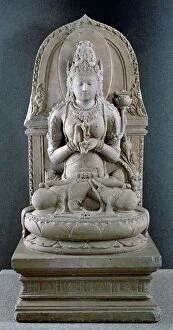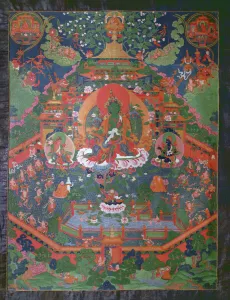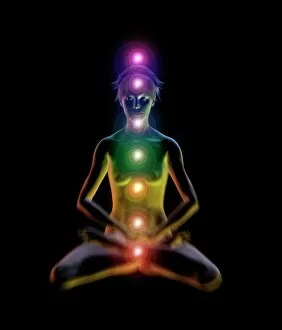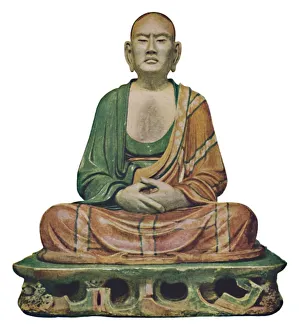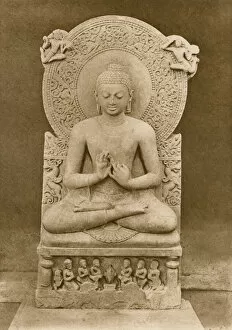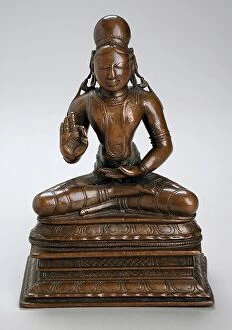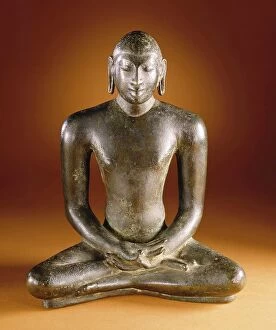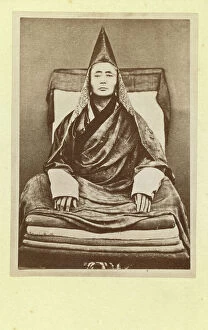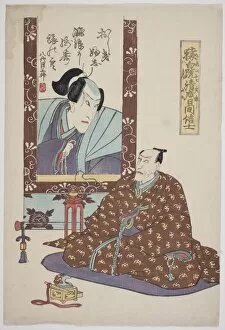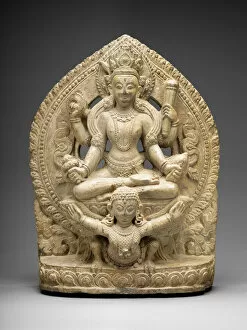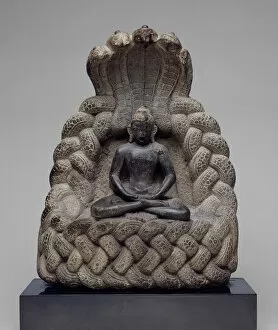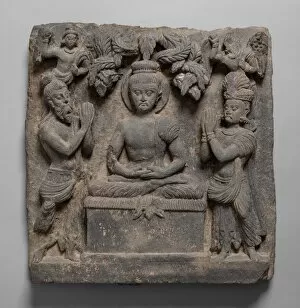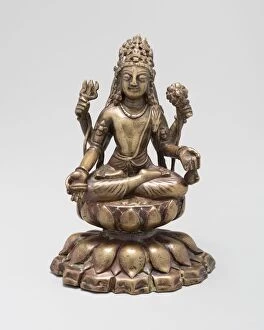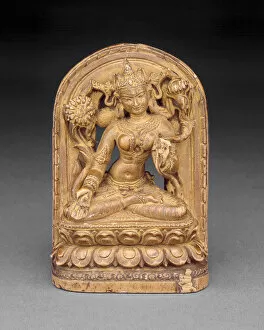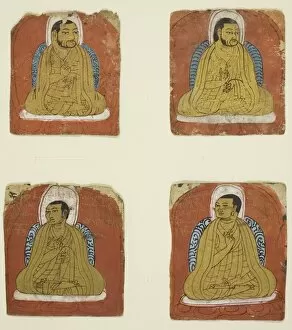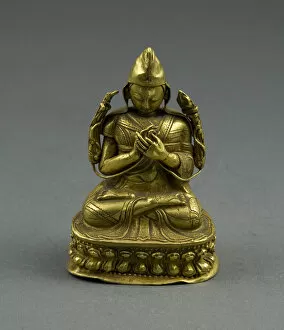Lotus Position Collection
The lotus position, also known as Padmasana, is a sacred posture that holds immense significance in various spiritual traditions
All Professionally Made to Order for Quick Shipping
The lotus position, also known as Padmasana, is a sacred posture that holds immense significance in various spiritual traditions. Dating back to ancient times, this seated pose has been depicted in numerous artworks and sculptures across different cultures. In the c. 1300 sculpture of Prajnaparamita, the Goddess of Transcendental Wisdom, we see her sitting gracefully in the lotus position. Her serene expression reflects the deep state of meditation achieved through this posture. Similarly, a thangka painting from an unknown artist showcases Green Tara seated in Padmasana. The vibrant colors and intricate details highlight the connection between yoga and the chakras – energy centers within our bodies. Moving forward to 19th-century artwork depicting yoga practitioners, we witness individuals engrossed in their practice while sitting cross-legged on their mats. This demonstrates how Padmasana continues to be embraced by yogis worldwide for its ability to enhance focus and inner peace. Not limited to religious or spiritual contexts alone, even secular representations incorporate this iconic pose. For instance, a black-and-white photograph captures a sculpture of Buddha preaching at Sarnath with his disciples gathered around him – all comfortably seated in Padmasana. Interestingly enough, even non-human creatures find solace in this position. A playful image portrays a sloth meditating peacefully while perched on tree branches - showcasing that tranquility can be found anywhere if one adopts the right mindset. Furthermore, traditional Indian paintings like Madan-Bhasma depict Shiva turning Kama (the god of desire) into ashes while he sits calmly crossed-legged on his seat - emphasizing how stillness can conquer turbulent emotions. Another captivating artwork by Kawanabe Kyosai illustrates Shakyamuni conquering demons while maintaining perfect balance in Padmasana - symbolizing triumph over internal struggles through meditation. Beyond Buddhism and Hinduism lies Civa's bronze sculpture from the 1920s which showcases a figure seated in Padmasana.

